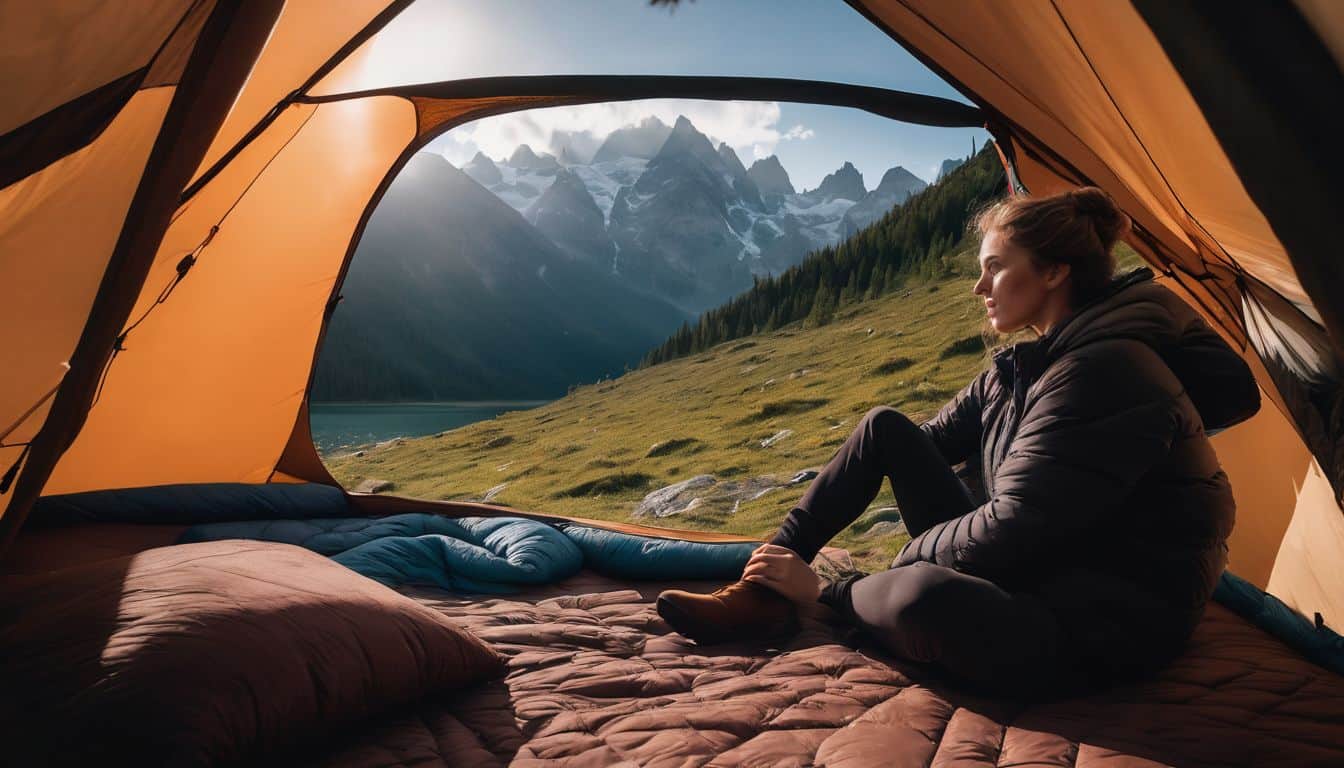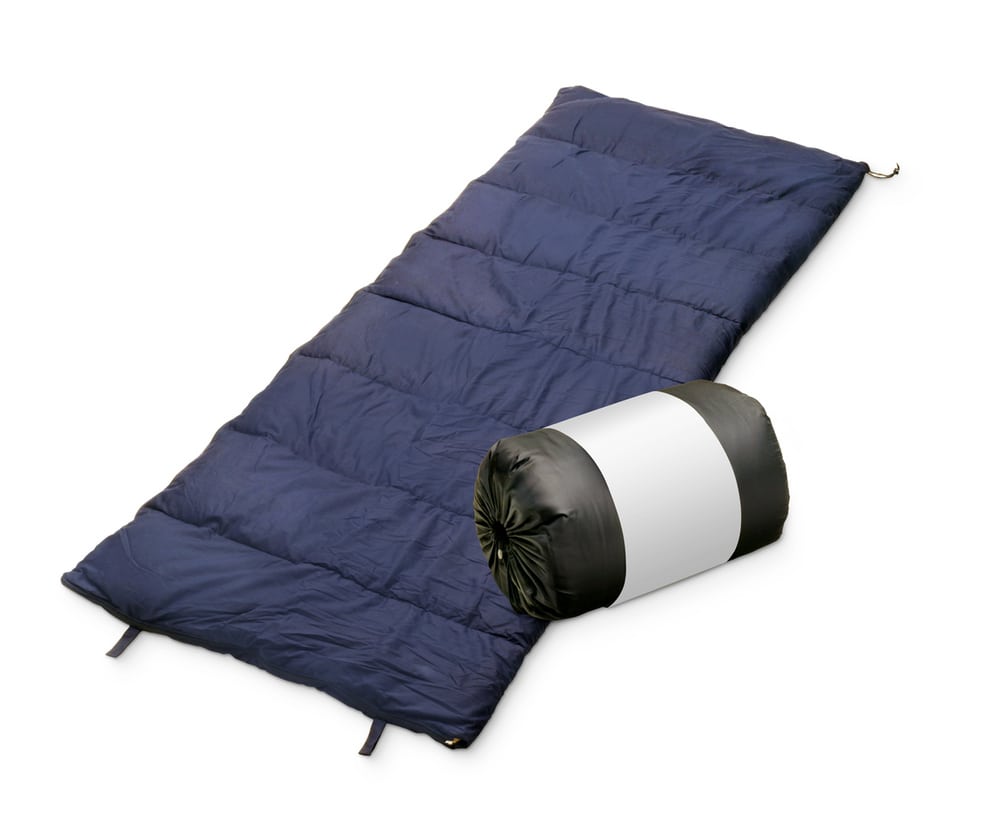The journey of sleeping bag technology represents one of outdoor gear’s most fascinating evolutionary paths. It has transformed from simple blanket rolls to sophisticated sleep systems that leverage advanced materials science and thermal engineering.
The Foundation of Modern Sleeping Bags
The story of sleeping bag innovation begins in 1861 with Francis Tuckett’s groundbreaking waterproofing techniques. This development laid the groundwork for the first down-filled sleeping bags in 1892, marking a pivotal moment in outdoor comfort technology. By the late 1800s, companies like Ajungilak began commercial production, making these essential pieces of gear available to the broader public.
Understanding Heat Loss Physics
Modern sleeping bags combat four primary types of heat loss:
- Convection occurs through air movement.
- Conduction happens through direct contact with cold surfaces.
- Radiation is heat emanating directly from the body.
- Evaporation involves the conversion of liquid to vapor.
Advanced designs address each of these mechanisms through specialized construction techniques.
Down Insulation Revolution
Down insulation remains the gold standard for warmth-to-weight ratio in sleeping bags. The quality of down is measured in fill power, with higher numbers indicating better loft and insulation properties. Premium sleeping bags typically feature 800+ fill power down, offering exceptional warmth while maintaining minimal weight.
Water-Resistant Innovation:
Modern down treatments have revolutionized performance in wet conditions. When exposed to moisture, hydrophobic down treatments can maintain insulating properties up to 27 times longer than untreated down.
Synthetic Advancement
The introduction of synthetic insulation in 1937 marked another watershed moment in the evolution of sleeping bags. Modern synthetic fills offer several distinct advantages:
- Maintains insulation properties when wet.
- Dries significantly faster than down.
- Provides reliable performance in humid conditions.
- Offers more affordable price points.
Temperature Rating Standards
The industry has adopted standardized testing methods through ISO/EN ratings to provide consistent temperature measurements. These ratings consider:
| Rating Type | Description |
|---|---|
| Comfort | Optimal temperature for average sleeper |
| Lower Limit | Minimum temperature for warm sleepers |
| Extreme | Survival temperature only |
Modern Design Features
Contemporary sleeping bags incorporate sophisticated design elements to maximize thermal efficiency. Draft collars prevent warm air escape, while differential cut construction allows optimal loft in compressed areas. Advanced baffle systems ensure even insulation distribution and eliminate cold spots.
Future Innovations
The future of sleeping bag technology points toward smart materials that actively respond to environmental conditions. Development focuses on:
- Adaptive insulation systems.
- Enhanced moisture management.
- Ultra-lightweight materials.
- Sustainable manufacturing processes.

Conclusion
These innovations continue to push the boundaries of what’s possible in outdoor sleep systems, making camping more accessible and comfortable than ever before.

Leave a Reply